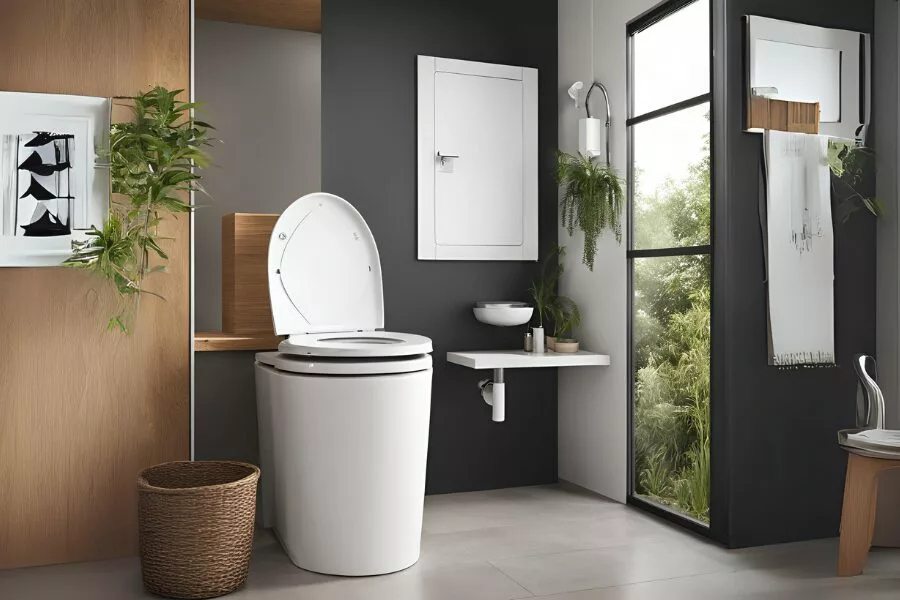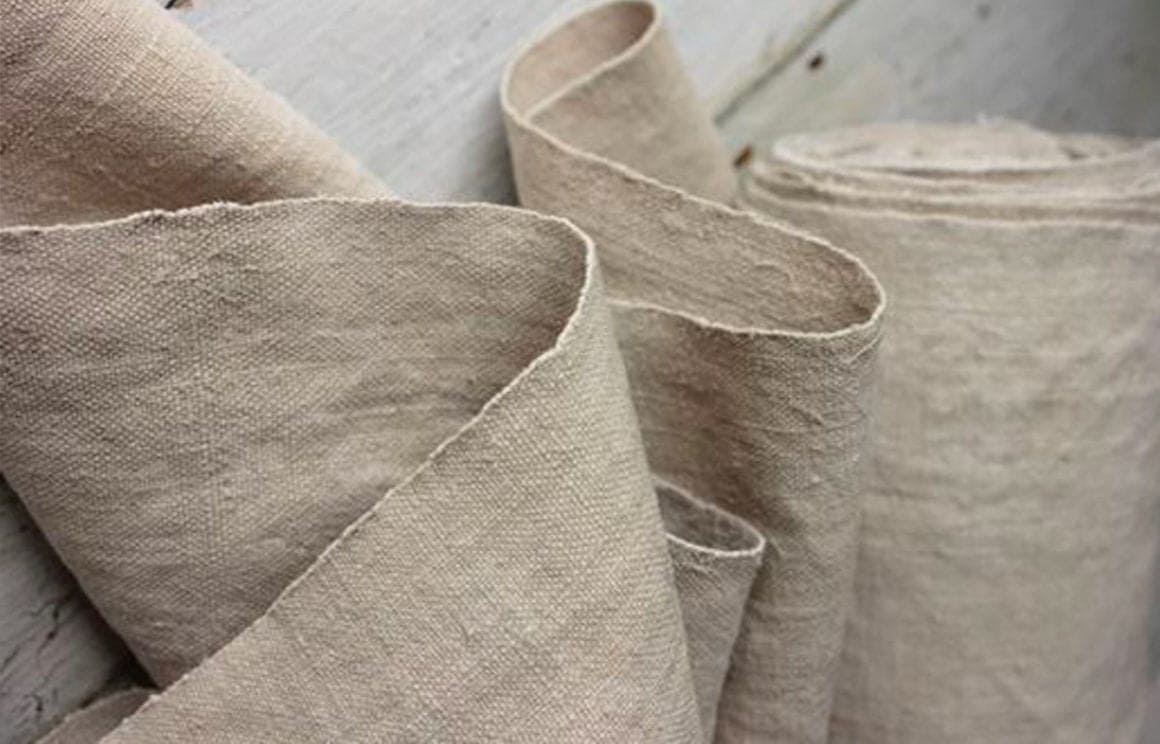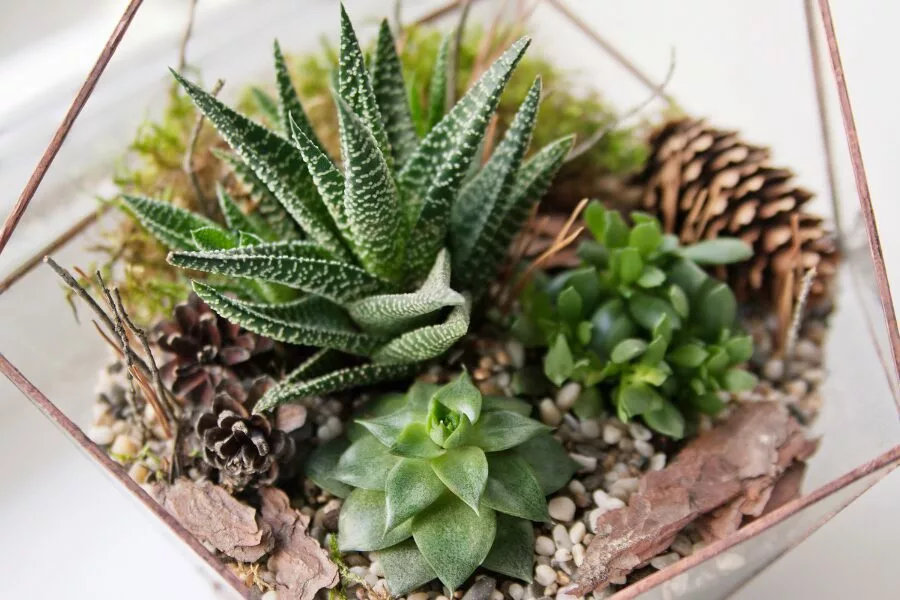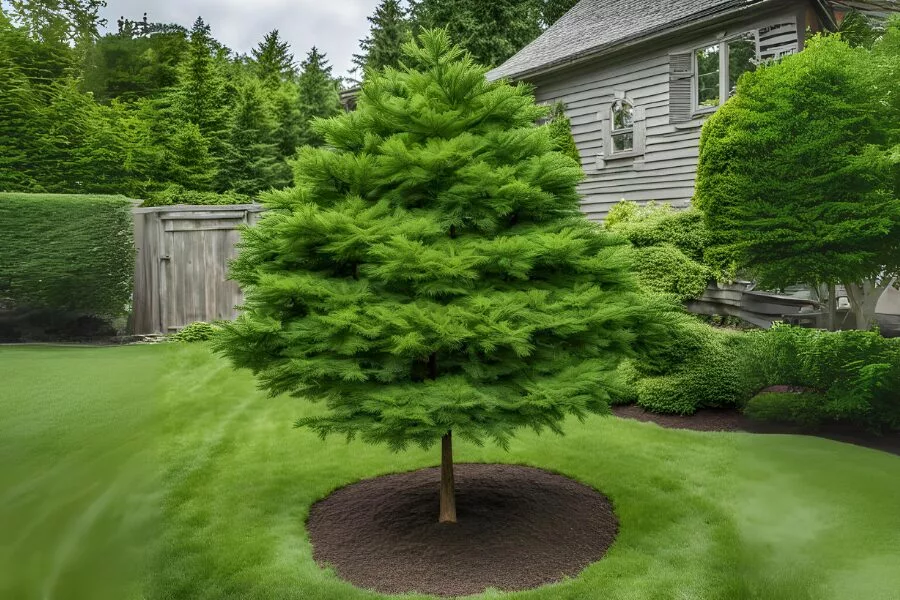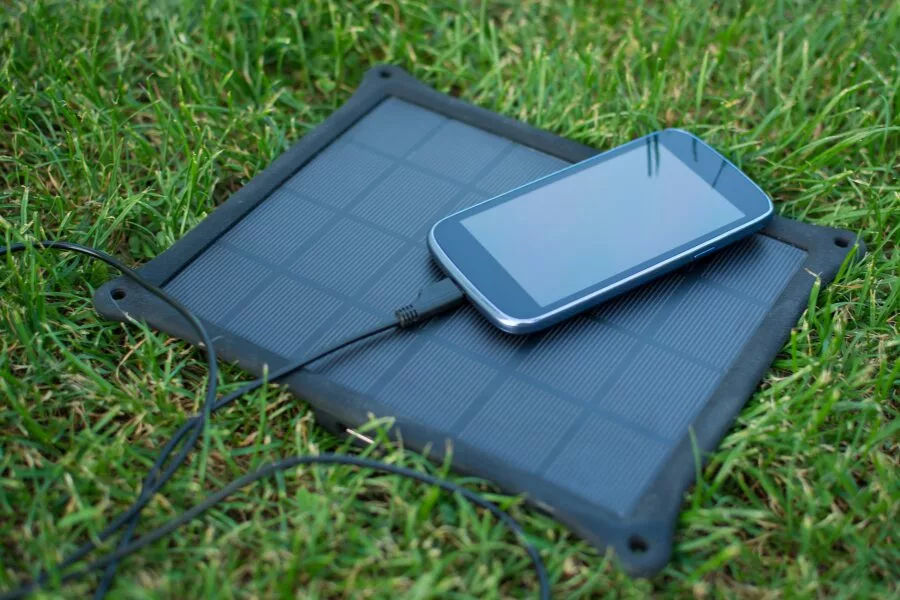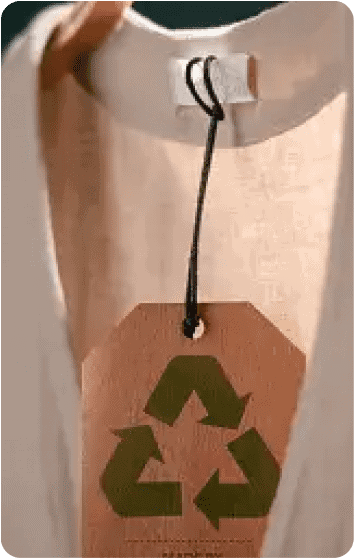Have you ever thought about how much water is wasted with each flush? Traditional toilets might seem convenient, but they’re far from eco-friendly. With every flush, gallons of clean water are sent down the drain, adding to a cycle of waste that’s hard on both our environment and our wallets.
Enter composting toilets—a game-changing solution that’s honestly transforming how we think about waste and water conservation!
You could be living off-grid, in a tiny home, or simply looking to reduce your environmental footprint. Regardless, DIY composting toilets are a super innovative way to manage waste sustainably. How? Let’s find out.
Unlock Your Savings with Exclusive Offer Coupons
Save big while shopping for sustainable products! Grab your exclusive coupons today!

The Case Against Traditional Toilets
Did you know the average toilet uses up to 7 gallons of water per flush? Multiply that by the number of flushes per day, and you’re looking at a significant amount of clean, potable water being used just to dispose of waste. That’s a massive amount of water waste! In a world where water scarcity is a growing concern, this practice is both wasteful and unsustainable.
Beyond water waste, traditional toilets contribute to complex sewage issues. Wastewater treatment plants struggle to keep up with the volume of waste produced, leading to pollution and environmental degradation. Toxic chemicals, pathogens, and nutrients like nitrogen and phosphorus from human waste can seep into waterways, and this in turn harms our aquatic ecosystems and contaminates drinking water supplies. Now, we don’t want that, do we?
Why Change Is Needed
It’s safe to say the traditional approach to waste management is totally outdated. And it’s environmentally destructive, too. As we move towards more sustainable lifestyles, we clearly need to rethink our sanitation systems. This is where the best composting toilet kits come in—a waterless, eco-friendly alternative that turns waste into a valuable resource. Are you nearly convinced to switch? Let’s keep reading.
What Is a Composting Toilet?
A portable composting toilet is a dry toilet that treats human waste by a biological process called composting. This process decomposes organic matter, turning waste into humus-like material that can be safely used in gardens and landscapes.
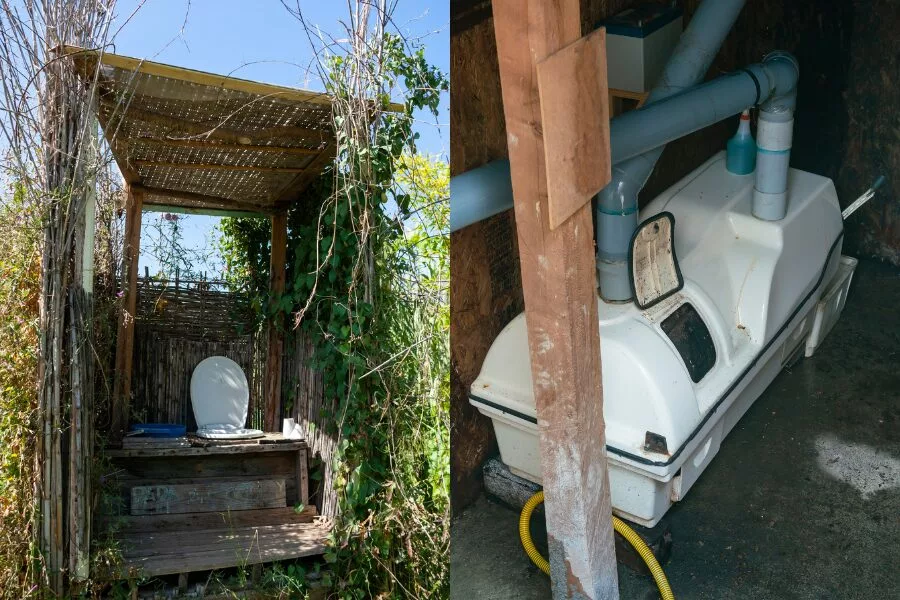
How It Works
Waterless incinerating toilets work by creating an environment where aerobic bacteria break down waste, just like a compost pile. With the right balance of moisture, carbon-rich materials (like sawdust or coconut coir), and oxygen, the waste is transformed into compost over time. The end product is a nutrient-rich soil amendment that can be used to nourish plants.
Types of Composting Toilets
Understanding the different types of waterless toilets can help you choose the best option for your needs. Here’s a look at the various models available:
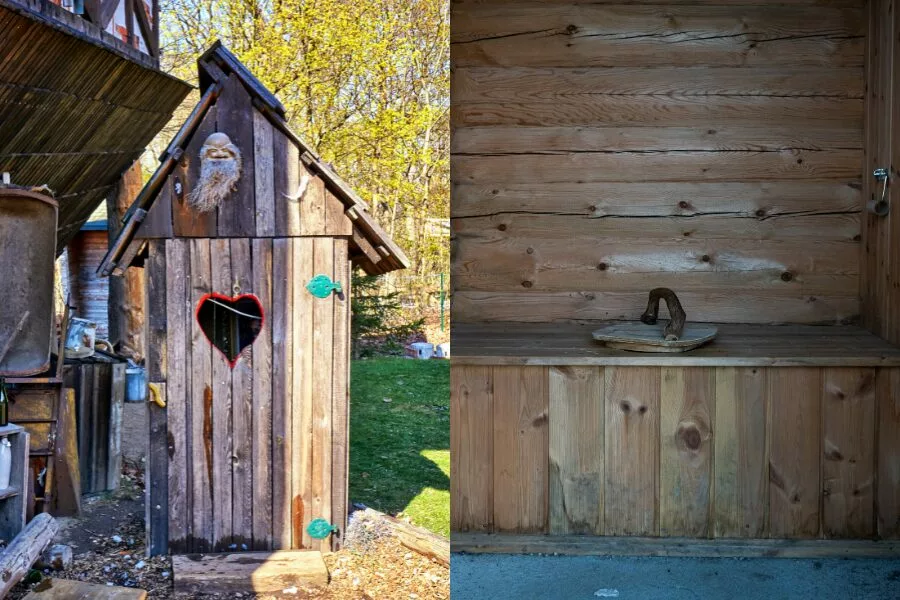
Urine-Diverting Toilets
Urine-diverting composting toilets are designed to separate urine from solid waste at the source. This separation is achieved through a specially designed bowl or dual-chamber system. By keeping urine and solid waste separate, these toilets help to minimize odors and enhance the efficiency of the composting process.
The reduced moisture content in the solid waste helps speed up decomposition and reduces the frequency of maintenance. This type of waterless sewage-treatment system is particularly beneficial in situations where odor control is a concern, or where faster composting is desired.
Self-Contained Units
Self-contained composting toilets are compact, all-in-one systems that integrate both the composting chamber and the toilet seat into a single unit. They are ideal for small spaces such as tiny homes, RVs, or vacation cabins where space is limited and conventional plumbing is impractical.
These units are designed for easy installation and minimal maintenance, making them a practical choice for mobile or off-grid solutions for living. Despite their compact size, self-contained units can effectively manage waste and produce compost with the right balance of materials and proper ventilation.
Centralized Systems
Centralized composting systems are designed to handle waste from multiple sources, making them suitable for larger households, communal living spaces, or small communities. In these systems, waste is collected from several toilets and transported to a central composting unit or chamber. This centralized approach allows for larger volumes of waste to be managed efficiently and often includes more sophisticated composting technology.
These systems may require more extensive installation and maintenance but are ideal for managing waste sustainably in shared or high-use environments. They offer a practical solution for those needing a larger-scale composting solution while maintaining a high level of environmental responsibility.
Why Composting Toilets Are Better Than Traditional Toilets
Urine-diverting toilets are increasingly used in urban settings. They’re definitely a sustainable alternative to traditional plumbing and septic system alternatives. Plus, we like how they can be installed in various environments, including tiny homes and eco-friendly residences. Their benefits range from:
Water Conservation: One of the most significant benefits of waterless toilets is their ability to save water. Since they don’t require flushing, they use zero water—making them an excellent choice for areas with water shortages or for anyone looking to reduce their water usage.
Suitable for Off-Grid Living: Compost toilet separator are a favorite among off-grid enthusiasts. They’re ideal off-grid solutions for remote cabins, tiny homes, and any location without access to traditional plumbing systems. With a waterless sewage-treatment system, you can maintain modern sanitation standards without relying on external water or sewage infrastructure.
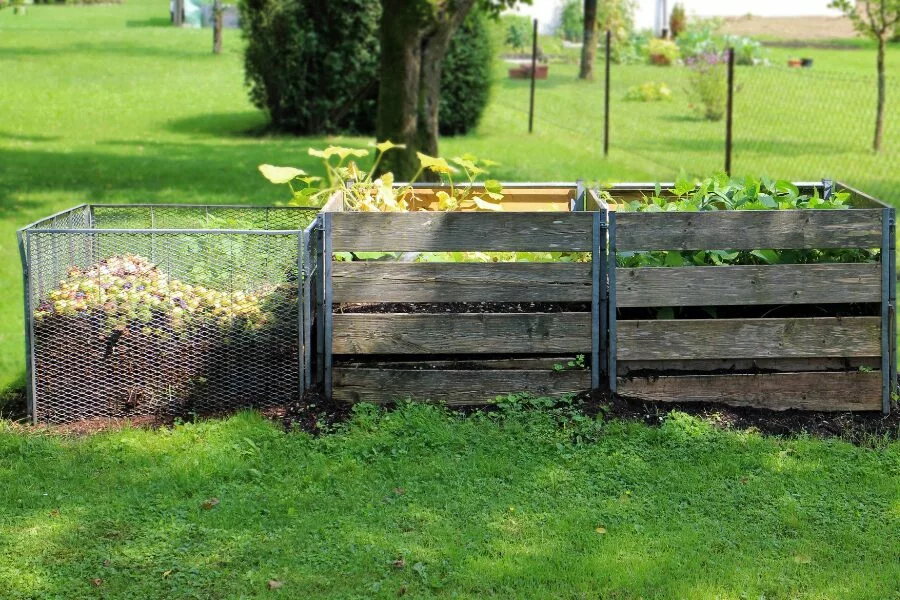
Cost-Effective: Compared to the installation and maintenance of septic systems, waterless toilets are a budget-friendly option. They require minimal maintenance and, in the long run, can save homeowners thousands of dollars in water and sewage costs.
Environmental Impact: By turning waste into compost, these toilets contribute to a closed-loop system that minimizes waste and benefits the environment. Instead of polluting waterways, you’re creating a valuable resource that can enrich your garden soil.
Odor Control: Worried about smells? Modern composting toilets for cabins are designed with advanced ventilation systems that keep odors at bay. The key is proper maintenance and ensuring the right balance of carbon and nitrogen in the composting chamber.
How to Choose the Right Composting Toilet
Composting toilets for cabins are generally user-friendly and require minimal maintenance. Routine tasks include emptying the compost bin, adding carbon-rich materials, and ensuring proper ventilation. Most models are designed to be as easy to maintain as traditional toilets, and with regular upkeep, they provide a convenient and sustainable sanitation solution. Here are some of the details that you must be aware of:
Assess Your Needs
- Home Size: Consider the number of people using the toilet and the size of your home. Larger homes might benefit from centralized systems, while smaller spaces could use self-contained units.
- Location (Off-Grid vs. Urban): Think about where the toilet will be installed. Off-grid locations often require non-electric models, while urban settings might accommodate more advanced systems.
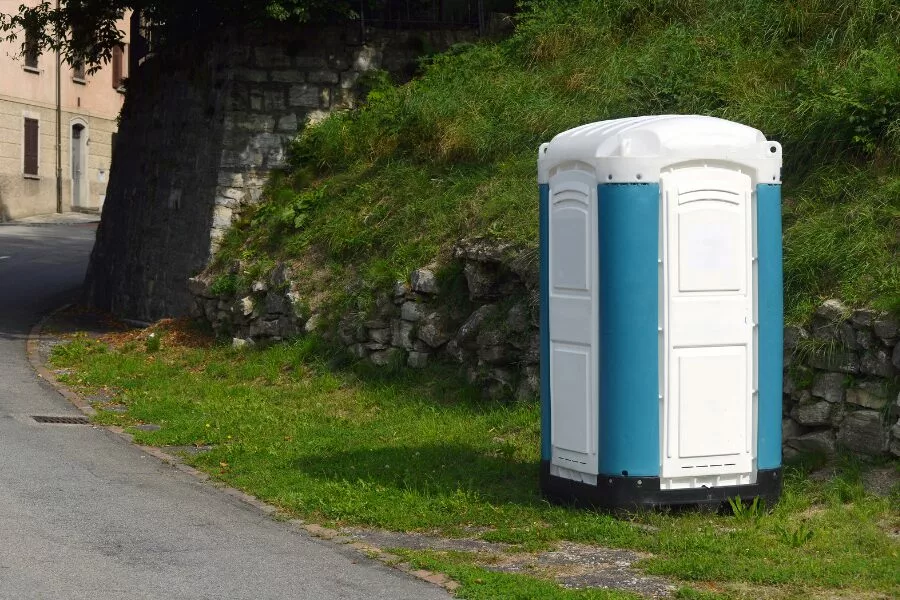
Feature Considerations
- Ventilation Systems: Essential for odor control and efficient composting.
- Electric vs. Non-Electric Models: Electric models often include fans and heating elements to speed up the composting process, but non-electric versions are ideal for off-grid use.
- Ease of Installation: Some models are DIY-friendly, while others might require professional installation.
How Much Does a Composting Toilet Cost?
Cabin composting toilets vary widely in price, depending on the features and model. Entry-level self-contained units can start around $800, while more sophisticated systems can cost upwards of $3,000. It’s important to factor in both the initial cost and any ongoing maintenance expenses when you’re choosing a model.
How to Install a Composting Toilet
Installing this may seem daunting at first, but with the right tools and preparation, you’ll see that it’s a pretty straightforward process. Here’s a step-by-step guide to help you get started, along with tips for regular maintenance.
Step 1: Select the Right Location
- Ventilation: Choose a spot with access to an external wall or roof for vent installation. Good ventilation is crucial to preventing odors and ensuring efficient composting.
- Space Requirements: Ensure there’s enough space around the toilet for comfortable use and easy access for maintenance. Measure the area to confirm that your selected waterless sewage-treatment system will fit properly.
Step 2: Gather Your Tools
- Basic Tools: You’ll need a drill, screwdriver, level, measuring tape, and saw (if cutting a vent hole is necessary). Having all tools ready before you start will make the installation process smoother.
Step 3: Prepare the Ventilation System
- Cutting the Vent Hole: If your toilet requires external venting, use your saw to cut a hole through the wall or roof. Ensure the hole is correctly positioned according to the manufacturer’s guidelines.
- Install the Vent Pipe: Attach the vent pipe to the toilet, securing it through the hole you’ve made. Make sure the pipe is straight and properly sealed to prevent leaks and odors. Use a level to ensure it’s vertically aligned.
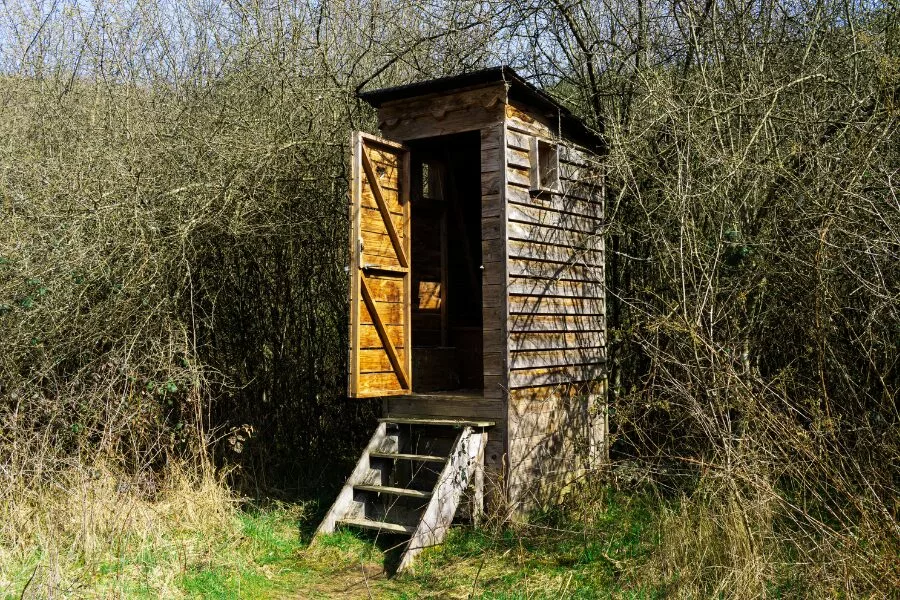
Step 4: Position the Toilet
- Secure Placement: Position the toilet unit in its designated spot. If the model is bolted to the floor, use a drill to create pilot holes and then secure the toilet using the provided bolts.
- Connect the Vent Pipe: Attach the vent pipe to the toilet’s vent outlet, ensuring a tight fit. This connection is crucial for maintaining proper airflow.
Step 5: Finalize Installation
- Electrical Connection (if applicable): Some cabin composting toilets require an electrical connection for fans or heating elements. Follow the manufacturer’s instructions for wiring and ensure the connection is secure and safe.
- Test the System: Once installed, run a test to ensure the ventilation system is working and there are no leaks or alignment issues. Check the fan operation (if applicable) and make sure there is no smell.
Step 6: Set It Up
- Adding Bulking Material: Before use, add a layer of carbon-rich bulking material, like sawdust or coconut coir, to the composting chamber. This helps balance the composting process and controls odors.
- Final Checks: Double-check that all components are securely in place and that the toilet is ready for use.
- Regular Maintenance
How to Maintain a Composting Toilet
When properly maintained, cabin composting toilets shouldn’t emit unpleasant odors. They’re equipped with advanced ventilation systems and rely on carbon-rich materials to manage and reduce smells. If odors are present, it’s often due to issues with ventilation or maintenance, like improper balance of composting materials or a blocked vent. Here’s everything you need to know about it:
- Frequency: Depending on the model and usage, you may need to empty the compost bin every few months. High-use toilets may require more frequent emptying.
- Process: Most models have a removable compost bin or tray. To empty it, simply pull out the container and transfer the compost to a larger compost pile or garden. The compost should resemble soil, indicating that it’s fully decomposed and safe to use.
- Clean the Bin: After emptying, rinse the compost bin with water and let it dry before reattaching it to the toilet. This helps prevent buildup and keeps the system running smoothly.
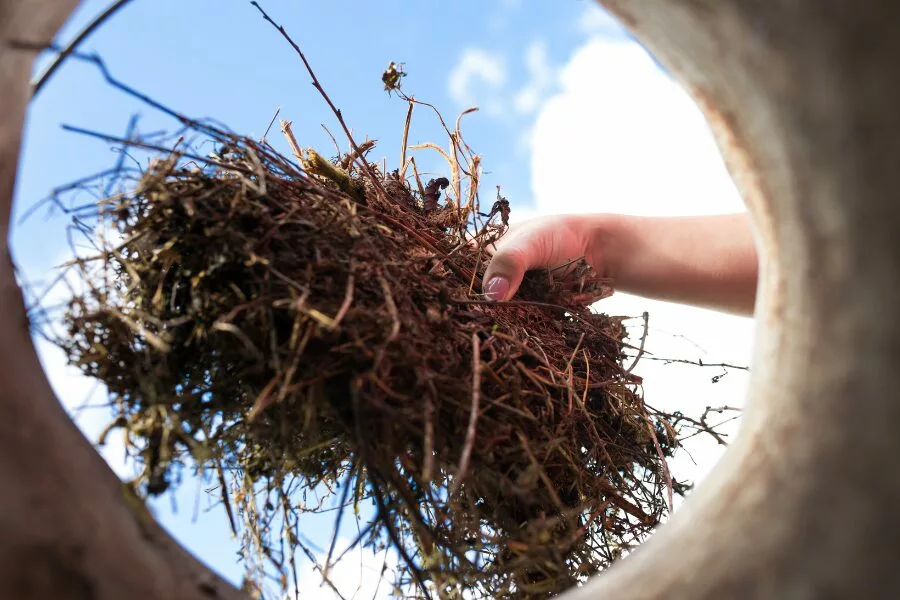
Adding Composting Material
- Balance Carbon and Nitrogen: Regularly add carbon-rich materials like sawdust, coconut coir, or peat moss to the composting chamber. These materials help absorb moisture and create an optimal environment for aerobic bacteria to break down waste.
- Frequency: Add bulking material after each use or at least once a day, depending on the frequency of use. This helps maintain the right moisture balance and accelerates the composting process.
Troubleshooting Common Issues
- Odors: If you notice unpleasant odors, check the ventilation system to ensure it’s functioning correctly. Also, make sure you’re adding enough carbon-rich material to balance the nitrogen in the waste.
- Slow Composting: If the waste is not breaking down as quickly as expected, it may be due to low temperatures or insufficient oxygen. Stir the compost occasionally to aerate it, and consider adding a compost accelerator or adjusting the moisture levels.
- Excess Moisture: If the compost is too wet, it can slow down the decomposition process and create odors. Add more dry, carbon-rich material and ensure the ventilation system is adequately drying the compost.
Real-Life Success Stories with Composting Toilets
The owner of a remote off-grid cabin once faced significant challenges due to a limited water supply and the absence of traditional plumbing infrastructure. With no access to a municipal water system or sewer lines, managing waste in a sustainable and sanitary manner was crucial for maintaining a functional and comfortable living environment.

To address these challenges, he installed a urine-diverting composting toilet. This type of composting toilet separates urine from solid waste, which helps in reducing odors and speeds up the composting process. By eliminating the need for flushing with water, the system worked seamlessly with the cabin’s limited water resources and avoided reliance on an external water source!
Result: The owner achieved greater self-sufficiency, with a clean and odor-free bathroom solution that also provided compost for the garden. Win-win, right?
Bursting Myths About Composting Toilets
Self-sufficient composting toilets have grown in popularity, but many misconceptions still surround their use. Let’s take a closer look at some common myths and debunk them with evidence and expert opinions.
Myth 1: They Smell Bad
Debunking the Myth: One of the most persistent myths about self-sufficient composting toilets is that they emit unpleasant odors. This couldn’t be further from the truth.
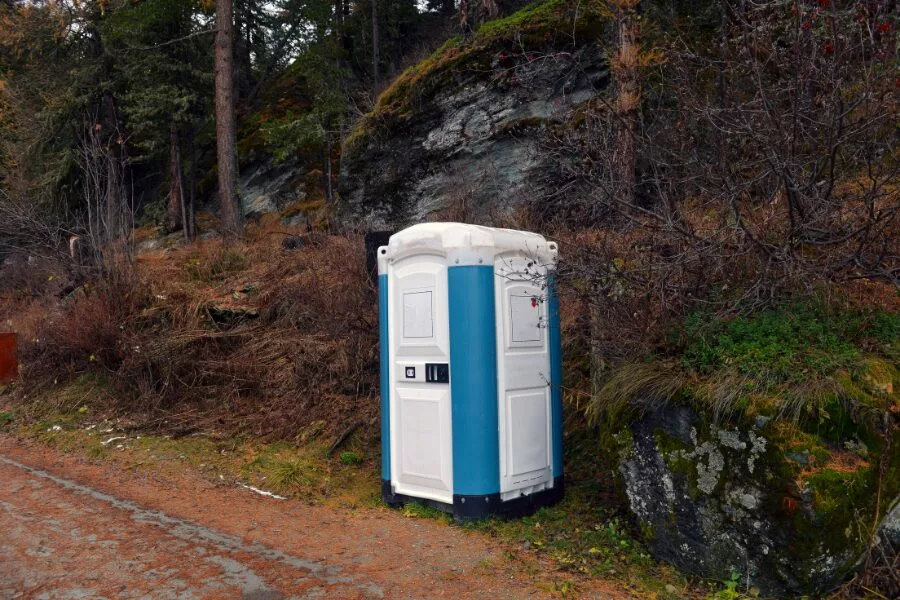
The Reality: Modern composting toilets are designed with advanced ventilation systems that effectively manage airflow and odor control. These systems include fans that pull air through the toilet and out through a vent, preventing smell from escaping into the bathroom. Also, using carbon-rich bulking materials like sawdust or coconut coir can help absorb moisture and balance the compost, which reduces potential for odors even more! When properly maintained, a compost toilet campervan can actually produce less odor than a traditional flush toilet, where waste is often left standing in water until it’s flushed away.
Expert Opinion: According to experts in sustainable sanitation, odor issues typically come up only when the toilet is improperly maintained, like when the ventilation system is blocked or if the right balance of composting materials isn’t used. Regular maintenance, adding the correct amount of carbon material, and ensuring the vent is working, will keep the system odor-free.
Myth 2: They’re Hard to Maintain
Debunking the Myth: Another common concern is that composting toilets are difficult and time-consuming to maintain. Many people assume they require constant attention and are labor-intensive.
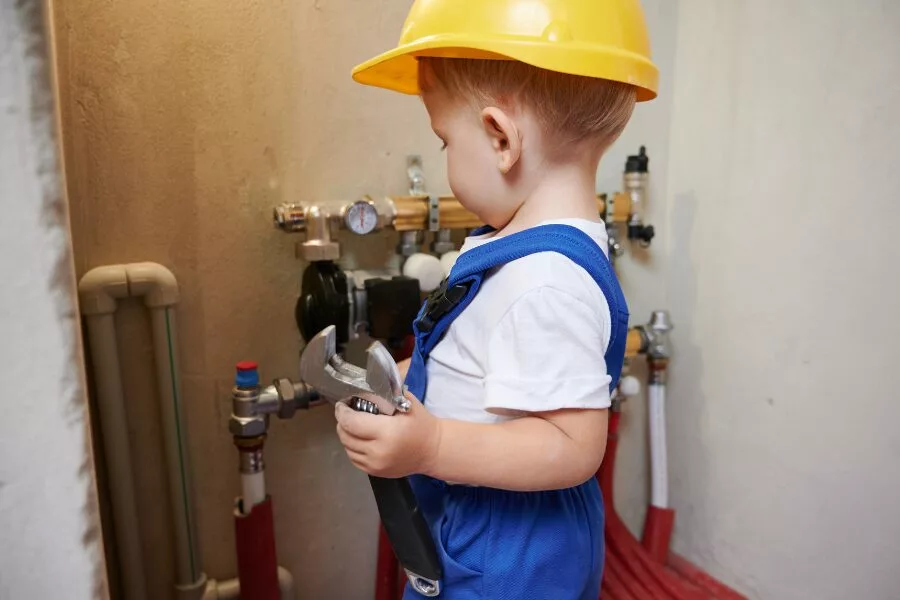
The Reality: Maintenance for composting toilets is often simpler than people imagine! Most models are designed for user-friendliness, and you only have to do basic tasks like occasionally emptying the compost bin and adding bulking material after each use. For most households, these tasks are no more demanding than maintaining a traditional toilet, which also requires cleaning, repairs, and maintenance over time.
Expert Opinion: Manufacturers and users alike attest that modern composting toilets are designed for low maintenance. The frequency of maintenance tasks depends on usage, but many systems can go for months before needing the compost bin emptied. Some advanced models even have automated features that turn the compost, further reducing the user’s workload.
Myth 3: They’re Only for Remote Locations
Debunking the Myth: It’s a common belief that composting toilets are only suitable for remote cabins or off-grid homes, where traditional plumbing isn’t available.
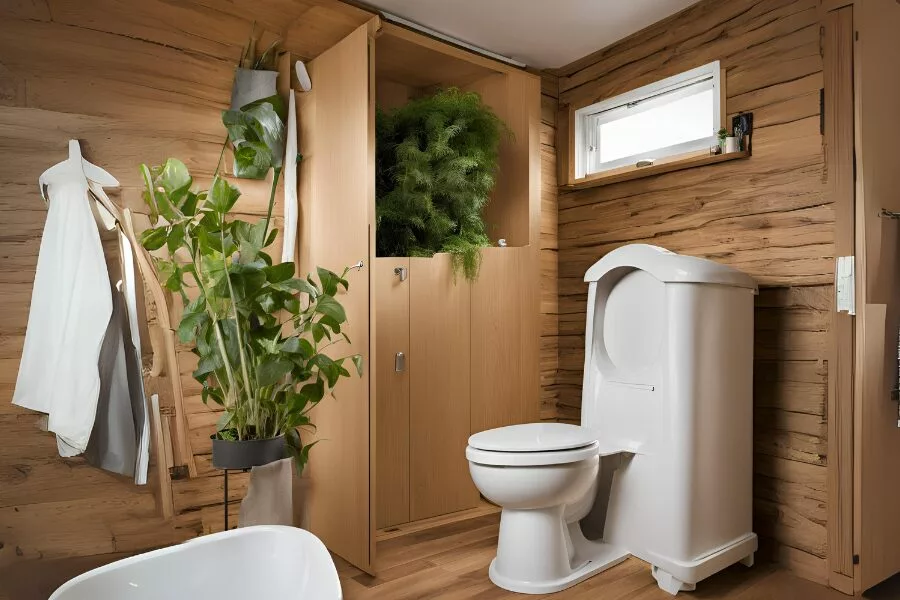
The Reality: Yes, composting toilets are indeed popular in remote locations, but they’re also being adopted in urban and suburban homes! This shift is driven by growing awareness of water conservation and sustainable living. Composting toilets are versatile and can be installed in various settings, from tiny homes to eco-friendly urban residences. They are a practical solution for reducing water usage and managing waste sustainably, regardless of one’s location.
Expert Opinion: Environmental experts emphasize that the benefits of composting toilets, such as water conservation and reduced environmental impact, are just as valuable in urban settings as they are in remote areas. Additionally, with the rise of green building certifications and the push for more sustainable living practices, these toilets are becoming a viable option for homeowners everywhere.
Summing Up!
It’s time to rethink your approach to sanitation. Composting toilets are a sustainable, cost-effective solution that’s good for you and the planet. Why not make the switch and contribute to a greener future? They’re suitable for off-grid living and modern living as well!
Myths about eco-friendly toilets stem from outdated perceptions and a lack of understanding of modern technologies. With proper maintenance, composting toilets can be an odor-free, low-maintenance, and versatile solution that will support your sustainable lifestyle. As more people recognize their benefits, we believe there will be a more widespread adoption of this eco-friendly alternative.
The future of sustainable living is here, and it starts with small changes like switching to a composting toilet. Are you ready to take the plunge?
Want to read more like this?
Get similar stories and a free sustainability checklist delivered to your inbox.

Like our content?
Get similar stories and a free sustainability checklist delivered to your inbox.

Frequently Asked Questions
What is a composting toilet?
A composting toilet kit is a type of dry toilet that processes human waste through composting, turning it into a nutrient-rich soil amendment. By using aerobic bacteria and a balance of moisture and carbon-rich materials, these toilets decompose waste without water, making them an eco-friendly alternative to traditional flush toilets.
How does a composting toilet work?
Self-sufficient composting toilets work by creating an environment where aerobic bacteria decompose waste into compost. They maintain a balance of moisture, carbon-rich materials like sawdust, and oxygen to facilitate the composting process. Over time, waste is converted into humus-like compost that can be used to enrich soil, promoting a sustainable waste management system.
What are the main types of eco-friendly toilets or thinktank toilets?
The main types of composting toilet kits or thinktank toilets include urine-diverting toilets, or ones with solar power compatibility, which separate urine from solid waste to reduce odors; self-contained units, compact models suitable for small spaces; and centralized systems like 12-volt systems, which gather waste from multiple toilets for composting in one central location, ideal for larger households or communal areas.
How do composting toilets benefit the environment?
Composting toilets conserve water by eliminating the need for flushing, which helps reduce water waste. These septic system alternatives also prevent pollution by avoiding the problems associated with traditional sewage systems, such as contamination of waterways. Additionally, the 12-volt systems convert waste into valuable compost, supporting sustainable soil enrichment and reducing the overall environmental impact with solar power compatibility.

